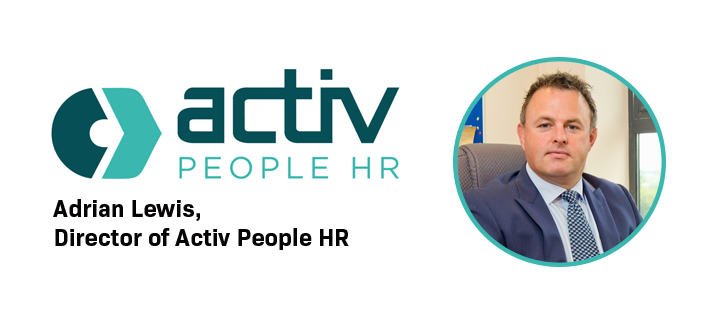Businesses continue to face significant challenges as they recover from the pandemic years and deal with the tough economic environment with the cost of living crisis and the threat of recession looming.
A recent study from Gartner[i] highlighted that organisations also face a competitive talent landscape, an exhausted workforce, and pressure to control costs, and points to nine, future of work trends. One of these is ‘quiet hiring’ which offers new ways for firms to snag in-demand talent.
Interestingly, it was ‘quiet quitting’ that was one of the most the talked about workplace trends last year, the concept of employees doing the minimum requirements of the job and putting in no more time, effort, or enthusiasm than absolutely necessary.
This may have been because of the Great Resignation and people quitting work creating a candidate market that made people complacent.
As such though, it is something of a misnomer, since with ‘quiet quitting’ the worker doesn’t actually leave their position and continues to collect a salary[ii]. However it’s not great for employers as staff lose their motivation and morale.
This impacts both productivity and creativity, which in the long run will affect a company’s bottom line if it’s not identified and addressed.
But quiet quitting appears to be on its way out, at least according to Google[iii] that shows that searches for the term ‘quiet quitting’ have dropped substantially in the UK and worldwide.
Whether this is the actually the case or not is unclear as disengaged workers have always been an issue for employers, but for now ‘quiet hiring’ appears to be taking its place.
Google searches certainly indicate this[iv] and Gartner have it at number one on their future of work trends. They say that in 2023, savvy HR leaders will turn the ‘quiet quitting’ practice on its head, with ‘quiet hiring’ in order to acquire new skills and capabilities without adding new full-time employees. This will manifest in a few key ways[v]:
- A focus on internal talent mobility to ensure employees address the priorities that matter most without changes in headcount
- Stretch and upskilling opportunities for existing employees while meeting evolving organisational needs
- Alternate approaches, such as leveraging alumni networks and gig workers, to flexibly bring in talent only as needed
Whether it’s ‘quiet quitting’ or ‘quiet hiring’ HR technology can support employers to find disengaged workers and work with them to improve things, and identify people they already employ that could be re-skilled to meet the needs of the organisation.
Using absence management technology can enable companies to track absence behaviour such as someone regularly taking time off sick or more time off than usual. It prompts back to work interviews which give employers the chance to find out if there are any issues going on.
These give a safe space for an employee to confide in their manager and could indicate whether someone is feeling disengaged. Employers could then address this by offering them a new project to work on, the opportunity for some training or more responsibility within the team.
Don’t underestimate the value of appraisals to boost morale and help prevent ‘quiet quitting’ - giving regular performance feedback shows an employee they are valued. Also, appraisals enable employers and employees to establish long term goals and objectives and highlight areas where training and development is needed.
Workplace trends come and go, but HR technology enables firms to embrace and adapt. A great HR software system can be the foundation for success no matter what workforce challenges are faced and can transform the way HR teams work. For more information visit: www.activpeople.co.uk
[i] https://www.gartner.com/en/articles/9-future-of-work-trends-for-2023
[ii] https://www.investopedia.com/what-is-quiet-quitting-6743910
[iii] https://trends.google.com/trends/explore?geo=GB&q=quiet%20quitting
[iv] https://trends.google.com/trends/explore?q=quiet%20hiring
[v] https://www.gartner.com/en/articles/9-future-of-work-trends-for-2023






